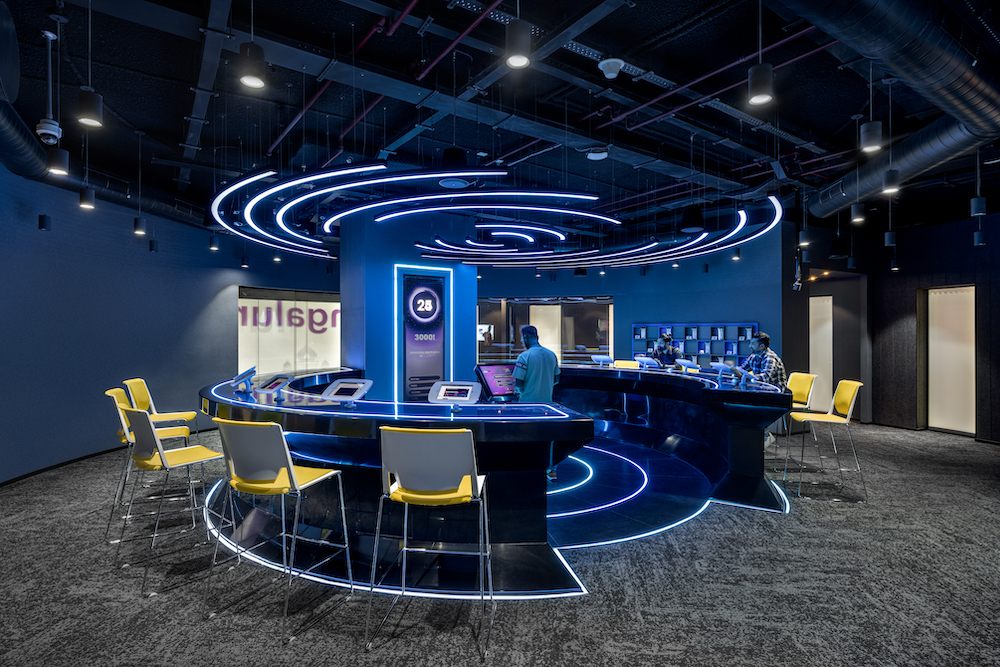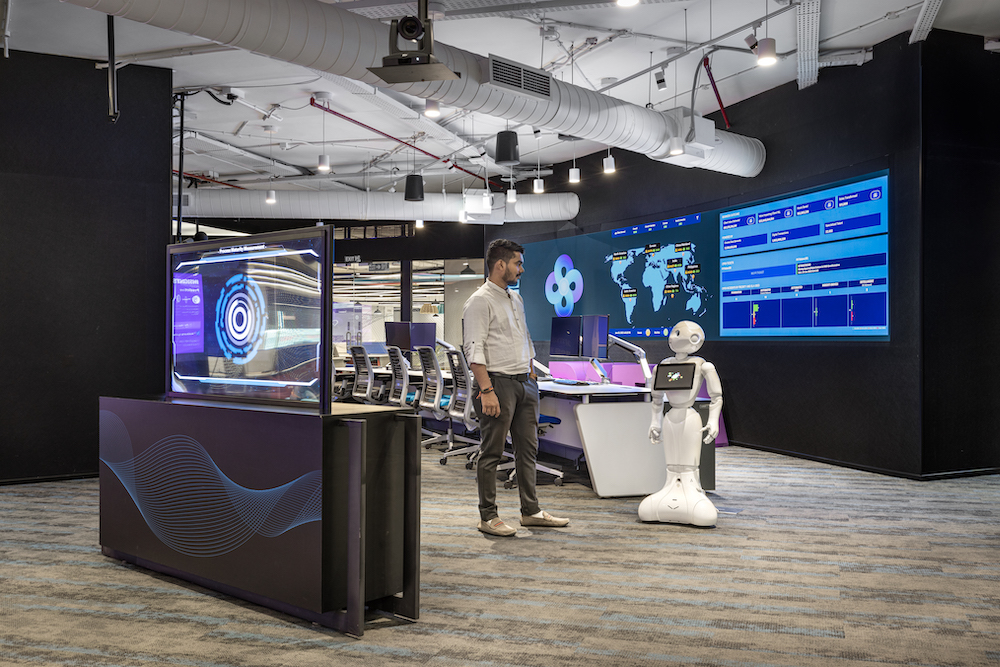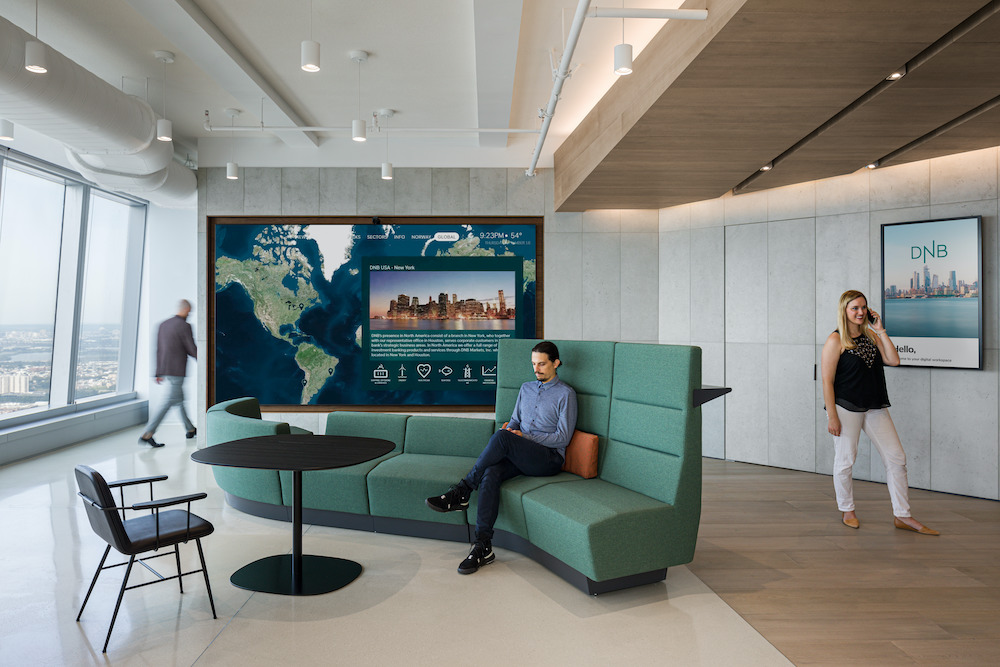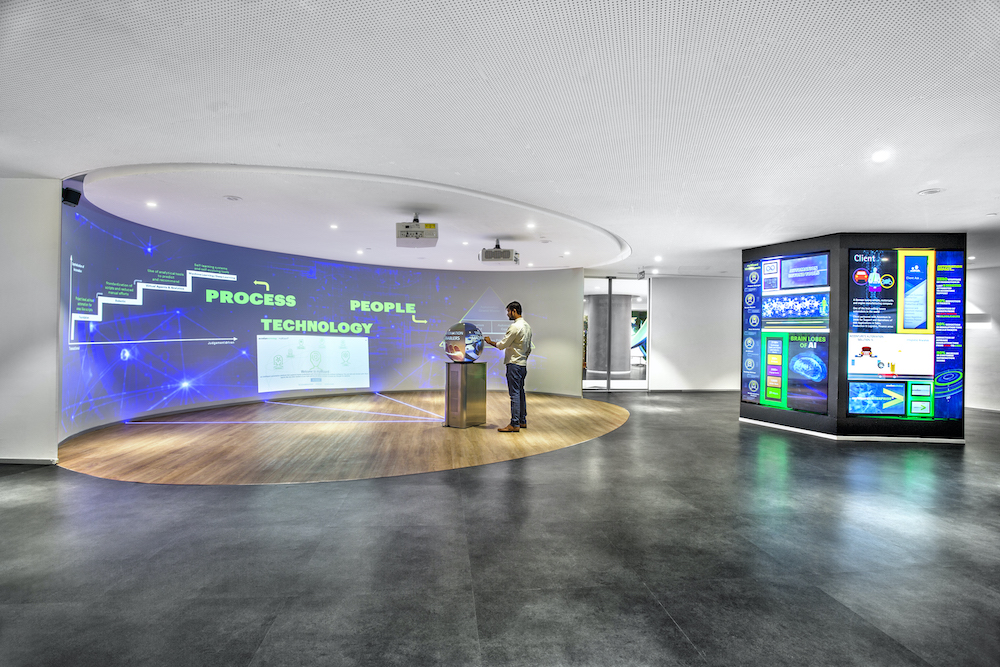M Moser’s Steve Gale discusses how organizations can use data to build better, keep staff happy, and exploit the opportunities in ESG reporting.
– We’re ringing in the new year with more 2023 trends & predictions! See them all here. –

A “business as usual” approach will not take us as far as it used to. We live in interesting times no doubt, and as organisations peer through the fog of ignorance, they need all the help they can get to stay on course and avoid icebergs.
The trend for data
Things are changing, and the foundation of workplace change is data, and the dramatic increase in its demand is the most notable trend of the last few years.
When significant changes look likely our workplace providers must build a solid case to carry them off. Leaders look for credible evidence, and that means robust analysis of data to generate recommendations, but all this intellectual activity starts with data.

What can data tell us?
Reliable information will plot your position so you can navigate, and this is especially critical in a storm, and we can reasonably claim to be in one. We need to know what is happening in our buildings, and how they are being used.
Data can reveal more than a snapshot, it will show how data is moving and identify trends about working patterns and energy use over time.
How do we collect data?
There is a long history of gathering information through surveys and manual observations, but the current climate needs much better data than this, and fortunately technology is available to do the job. We can easily monitor levels of pollutants, carbon dioxide, particulates, VOCs and even vibration and noise, as well as the usual temperature, humidity and light levels, and of course the number of people in a space.
The market in electronic sensors is vast and the cost is reducing, but sensors are the way to collect data. There are difficult choices of contractual bundles, configuration, performance and power sources, as well as software packages and transmission protocols, but the answers are out there.

How can data help change?
Real estate people are lucky to have some strong reasons to support their arguments for change. Good data (or more specifically the insights gleaned from data analysis) can improve access to funds, win the confidence of stakeholders (including employees of course), drive better workplace design, reduce energy bills and ensure that the real estate complies with the environmental part of ESG regulations. Let’s look at these separately.
Sustainability and ESG reporting
When operations can be shown to be sustainable, the cost of borrowing is less if you demonstrate compliance with ESG regulations. Even better, you are more likely to attract risk capital through ESG investment funds.
Sustainability has a huge impact on employees who are now much more interested in the health and safety of the workplace, so it is vital to promote and display favourable conditions in the workplace. More generally a company’s approach to sustainability is scrutinised more than ever by partners, suppliers and customers who prefer to do business with responsible firms.
Occupancy monitoring and design
Organisations need to know how much space they require, and how it should best be configured. This is where occupancy data earns its keep. The analysis is not elementary, you need some nifty statistics and modelling tools, but the raw data can be easily obtained.
The scope is enormous. Not only can we estimate the number of desks needed to serve the demand, we can do it scientifically and cater for anticipated changes in the future. The same goes for meeting rooms and other facilities. We can build simulations to tell us the best array of spaces. This type of modelling is the only way to solve complex problems with multiple variables, but is possible with modern processors, machine learning and of course an analyst to test the data and write the programmes.

Energy monitoring
Energy monitoring can be used to reduce consumption and bills as well as contributing to ESG reporting. This is obviously a good thing in its own right, but also serves to promote the company’s green credentials to users and other stakeholders. Reports and dashboards for general consumption will help reassure people that the carbon footprint is being taken seriously.
In some cases sensors can be connected to the building management system (BMS) to actively control services. Lights, heating, cooling and ventilation can be triggered by real demand, and routines can be written to predict demand for spaces that need conditioning in advance. Not all systems will have the required intelligence to do this, but it is the direction that the sector is moving in.
Who cares?
Like a patient with a heart condition who monitors blood pressure and weight, and adapts his behaviour to control those indices, organisations are anxious to know their numbers so they can build better, keep their staff happy and exploit the opportunities in ESG reporting.


Thankfully the WFH workforce is empowered to create their own work space wellness solutions. The standard desk and chair model is over-designed and has an end-game of comfort. Comfort is the “nicotine” to the new smoking that has created the SITTING DISEASE. Being too comfortable makes the workforce too sedentary. Designers of the future need to be mindful of bringing a better active work space to the workplace. This will empower the workforce to have more control of their health and wellbeing.